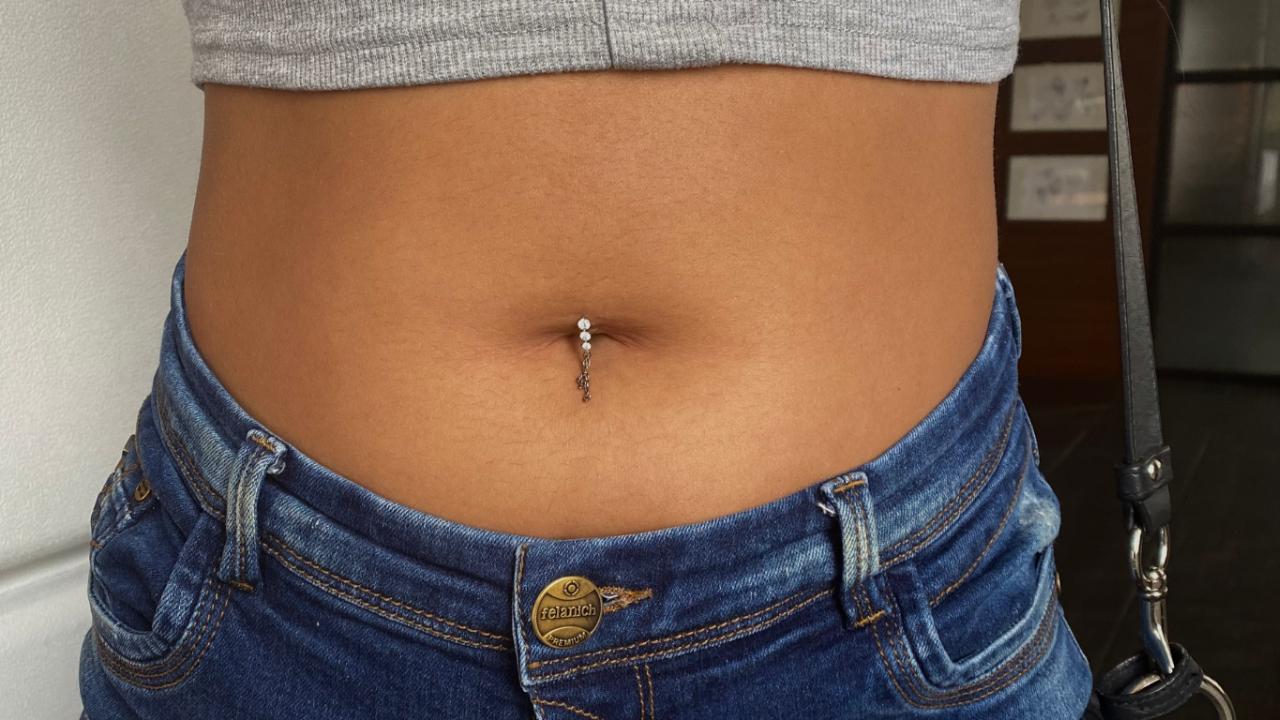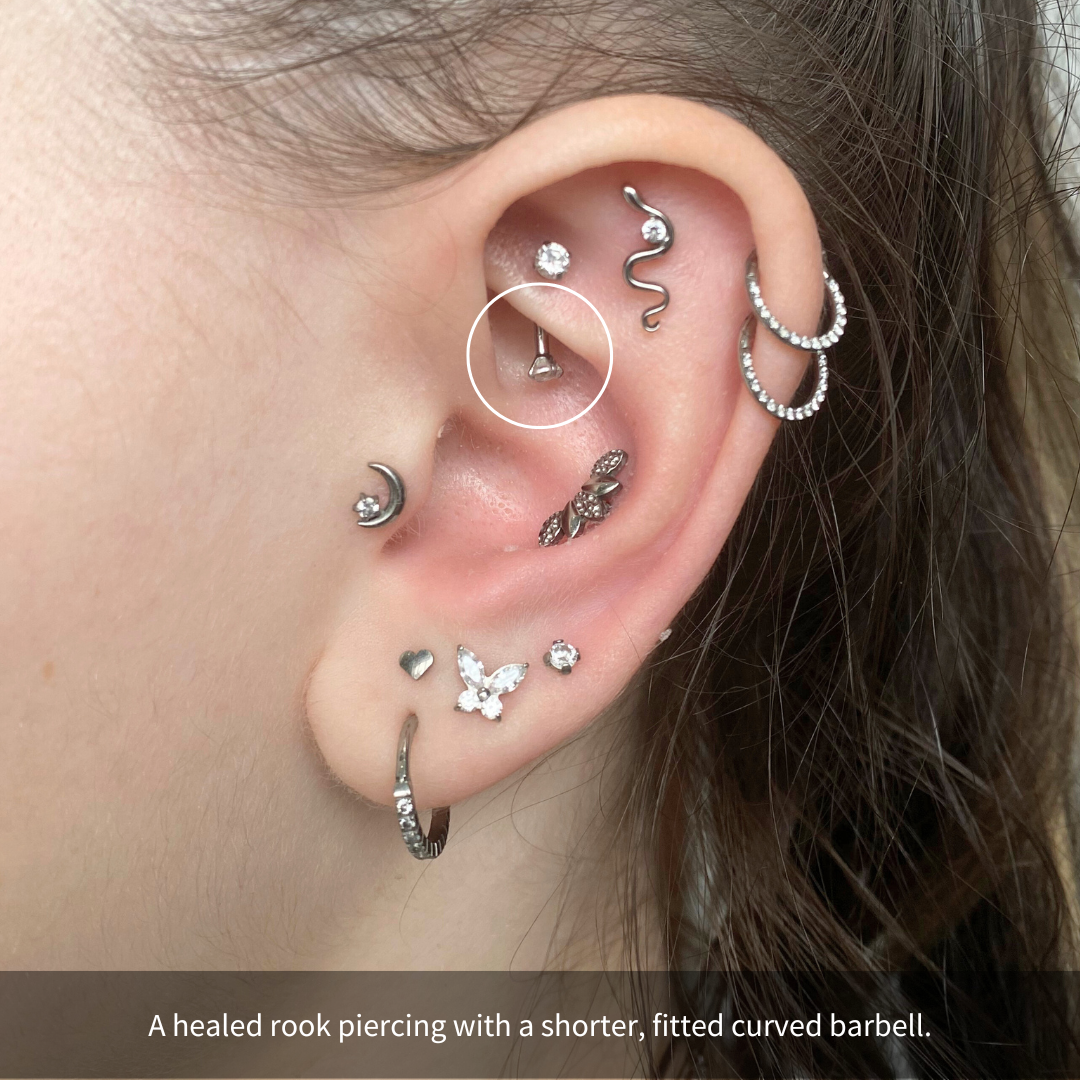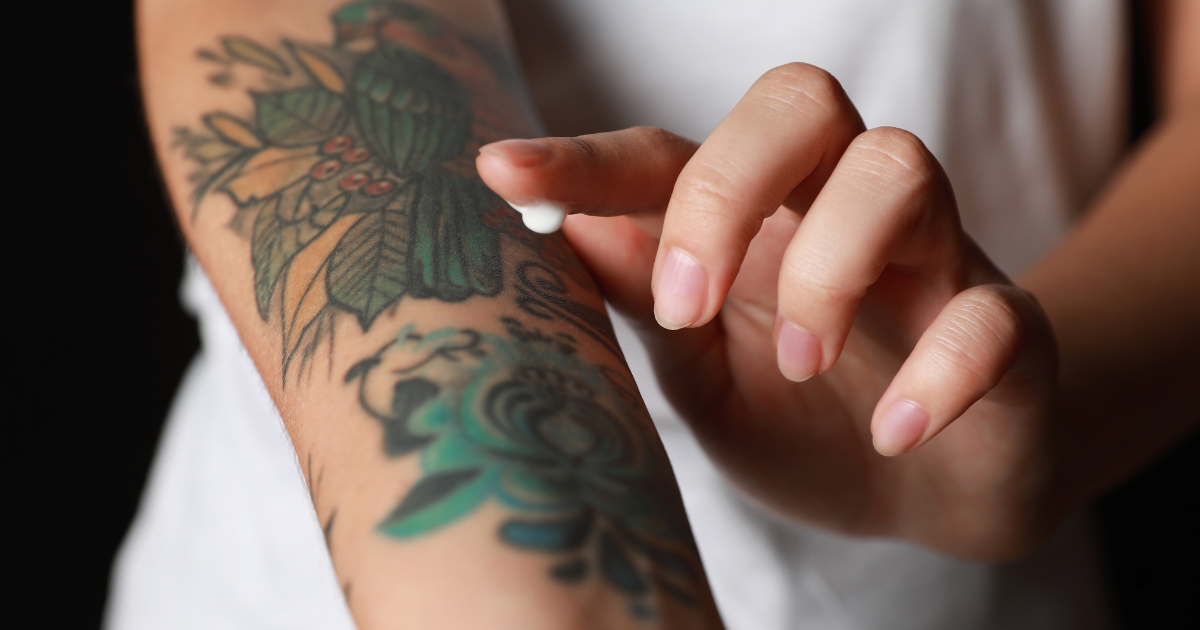
Does this sound familiar? —
You put in a new pair of earrings, only to feel an annoying itch a few hours later. You shrug it off, but soon it’s impossible to ignore. Your ear is so swollen and itchy, you admit defeat and take them out. Did you know these are classic signs of an allergic reaction?
Understanding Jewelry Allergies
Jewelry allergies are reactions to metals that aren’t compatible with your skin. These reactions, called contact dermatitis, cause itching, redness, swelling, dry peeling skin, darkening skin and even small blisters around the piercing. The most common metal allergen is nickel, often used for costume and fashion jewellery. But while allergies are most common in costume jewellery, it’s still possible to experience reactions even if you opt for fine, or hypoallergenic jewellery.
But What Does Hypoallergenic Mean?
According to Merriam-Webster- hypoallergenic means “having little likelihood of causing an allergic response.” So, hypoallergenic implies a reduced chance of causing an allergic reaction, but it’s not guaranteed to be completely allergen-free.
Signs of an Allergic Reaction
1. Redness and Swelling
The skin around the healed piercing site becomes red and swollen. This redness often extends beyond the immediate piercing hole, making the area look puffy.
2. Itching and Discomfort
You might feel an annoying itch around the piercing that can worsen if you touch or rotate the earring
3. Rash or Blisters
Small, raised bumps or blisters can develop, either directly around the piercing or on the skin touching the earring
4. Discharge or Crusties
Clear fluid may ooze from the piercing site as your body reacts to the allergen, sometimes causing a crust around the earring post or backing.
5. Pain and Sensitivity: Even light touch can become painful.
If you experience these symptoms, remove the earrings, clean the area gently, and switch to hypoallergenic earrings.
The signs of an allergic reaction to jewelry and the normal healing process of a fresh piercing can look very similar, which can make it tricky to tell them apart. You might notice redness, swelling, tenderness, and some discharge around the piercing site, all of which are typical as your body tries to heal a new piercing However, if you're having an allergic reaction, these signs tend to go beyond what’s normal. You may experience intense itching, a rash, or small bumps forming around the piercing, and the swelling might spread beyond the immediate area. The discharge can also be different—more noticeable, yellow or green in colour, and sometimes with an unusual smell—while normal healing discharge is usually light yellow or clear and forms a crust. Pay attention to how long these symptoms last and how severe they are; if they don’t ease up or get worse after the first few weeks, it could mean you’re reacting to the metal in your jewelry, and you should visit your piercer.
What Materials Should You Look For?
When looking for jewelry, prioritize metals that are less likely to irritate, such as the following options:
1. Surgical Stainless Steel
Surgical stainless steel (SSS) is one of the most accessible and affordable options for hypoallergenic jewelry. It’s made with low nickel content and is designed to be safe for body contact, making it an ideal choice for fresh or healing piercings. However, if you have a severe nickel allergy, consider another option.
2. Titanium
Titanium is lightweight, durable, and entirely hypoallergenic, making it ideal for sensitive skin. It is also used in surgical tools, implants, and joint replacements because it is biocompatible, which means it is unlikely to cause any reaction in the body. It is also the preferred material for body jewelry.
3. Niobium
Niobium is less common but is another safe choice for sensitive skin. It’s highly resistant to corrosion so it won’t react with your skin or the environment. However, some people may not love the colour.
4. Gold (14k or Higher)
Gold is a classic choice for piercing jewelry. However, only 14k or higher gold should be used, as lower karats contain a higher amount of nickel or other metals that can irritate. White and rose gold can sometimes cause reactions because of the alloys used to achieve their colour, so yellow gold is typically safer for sensitive skin.
5. Platinum
Platinum is hypoallergenic and extremely resistant to tarnishing, making it a luxurious yet low-maintenance option for piercing jewelry. Although it’s pricier than other options, platinum’s durability and hypoallergenic properties make it a worthwhile investment.
Metals to Avoid if You Have Sensitive Skin
If you’re prone to skin allergies or have experienced metal sensitivity before, steer clear of the following metals in your jewelry:
1. Nickel
One of the most common allergens, nickel is often mixed with other metals in alloys.
2. Copper
Though often used for its unique colour, copper can also cause sensitivity in some people. It tends to oxidize, which leads to greenish staining and skin reactions.
Let’s Talk About Gold
Since gold is relatively malleable, many pieces contain nickel or other metals to make the jewelry more affordable, durable and suitable for daily wear.
When it comes to gold jewelry, the karat rating is a key indicator of purity. If you’re sensitive to metals, opting for higher karat gold pieces may be beneficial, as they contain a greater percentage of gold and less of the reactive metals. The other metals gold is mixed with depends on the desired colour and can vary. For example, yellow gold can be mixed with nickel and silver. White gold with other white metals such as nickel, silver, and zinc. And rose gold is often gold combined with copper to give it that pinky/reddish hue.
What Does 'Karat' Mean?
The karat system measures the purity of gold, with 24 karats representing pure gold.
Here's a quick breakdown:
24 karat = 100% gold
20 karat = 83% gold
18 karat = 75% gold
14 karat = 58% gold
12 karat = 50% gold
9 karat = 37.5% gold
The higher the karat, the more gold, meaning it’s generally less likely to cause reactions in sensitive individuals.
What to Look for When Shopping
1. Check for Certifications
Some manufacturers certify their materials, confirming that they are free from harmful metals. Look for brands that offer this information.
2. Be Careful with Coated Jewelry
Plating can wear off over time, exposing the base metal underneath, which may contain allergens. Solid pieces, or pieces with a known base metal are a safer choice.
3. Quality Craftsmanship
Higher-quality pieces tend to use purer metals and better alloys, reducing the likelihood of skin reactions. Look for reputable brands known for their craftsmanship.
Taking Care of Hypoallergenic Jewelry
Even the best jewelry needs proper care to keep it in great condition. Here are some care tips:
1. Clean Regularly
Clean jewelry with saline solution or warm water to remove any buildup. Avoid harsh chemicals that could degrade the metal or coating.
2. Store Separately
Keep hypoallergenic jewelry in a separate compartment to avoid scratches and maintain its finish.
In the end, finding jewelry that loves your skin as much as you love wearing it can feel like a game-changer. No more itching, redness, or frustration—just comfort and style. Now that you know what to look for, are you ready for the upgrade you deserve? Visit us in-store or online to explore our collection of skin-friendly jewelry, and let’s find the perfect pieces for you.


















